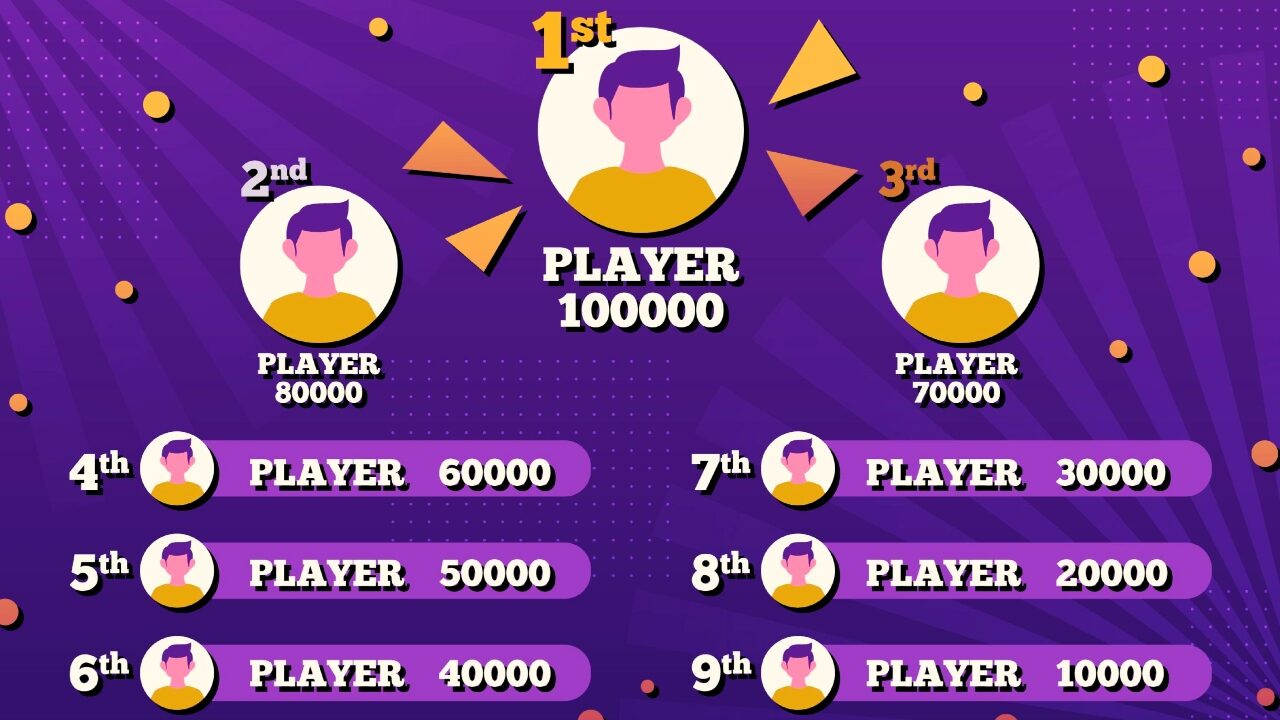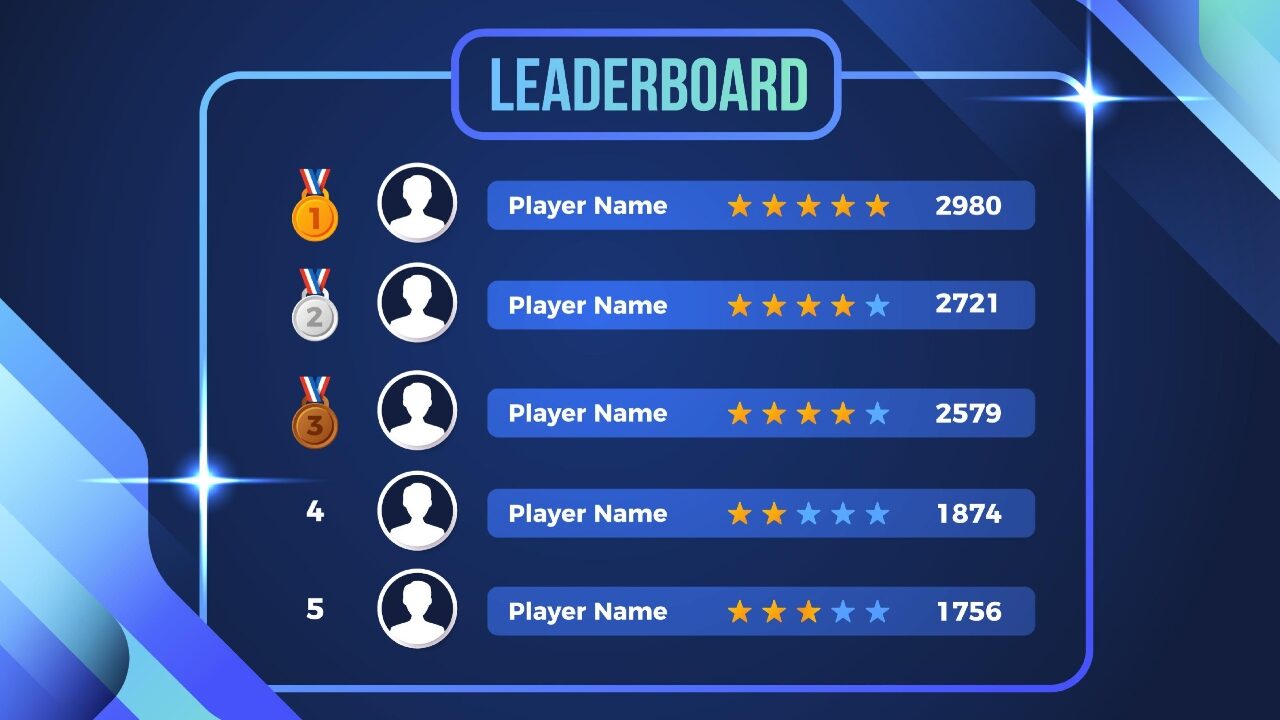Leaderboards have long been a cornerstone of competitive gaming, serving as both a motivator and a benchmark for player achievement. From the arcades of the 1980s to today’s sprawling online ecosystems, these ranking systems have evolved to become integral to player engagement and retention.
In modern gaming, leaderboards are not merely about bragging rights. They are carefully designed tools that influence player behaviour, encourage repeated play, and foster community interaction. By understanding the psychology behind leaderboards and their impact on gamer loyalty, developers can create more engaging and rewarding experiences.
The Psychology Behind Competitive Rankings
Leaderboards tap into fundamental human desires for achievement, recognition, and social comparison. According to research by Kindbridge, leaderboards can enhance motivation and enjoyment by providing clear goals and feedback on performance. However, they also note that poorly designed leaderboards can lead to negative emotions if players feel they cannot compete effectively.
The key to successful leaderboard implementation lies in balancing competitiveness with accessibility. Games like Valorant and League of Legends use tiered ranking systems to match players of similar skill levels, ensuring that competition remains fair and engaging.
Many emerging entertainment platforms have adopted the core mechanics of video game competition to heighten engagement. A prime example includes gamified sweepstake platforms, which combine dynamic leaderboard systems with the thrill of chance-based gameplay. These platforms often incorporate progressive leaderboards to amplify player involvement and mirror the achievement-driven environments seen in competitive gaming.
Designing Leaderboards for Inclusive and Long-Term Engagement

A well-designed leaderboard goes beyond simple rankings; it creates incentive structures, fosters social interaction, and drives ongoing participation. Effective systems balance update frequency, rewards, and community features. As noted by Adrian Crook, regularly refreshed leaderboards, whether daily, weekly, or seasonally, keep competition relevant and give players a reason to return.
Reward tiers are equally essential. Systems that acknowledge a range of achievements, not just top scores, allow players at all levels to stay motivated. This broadens the appeal, preventing less experienced players from feeling shut out. Social features, such as friend-based or local rankings, further deepen engagement by adding personal context and shared goals.
Leaderboards also fuel community interaction. Visible progress encourages players to join discussions, trade strategies, and compete collaboratively. For many competitive gamers, especially those in FPS and battle royale titles, immersion can be a decisive factor in gameplay focus, something often enhanced by reliable equipment like a high-quality gaming headset. However, developers must ensure their systems are inclusive. Recognizing consistency, creativity, or teamwork, as much as high performance, helps sustain a diverse and loyal player base while promoting a healthier competitive environment.
Reigniting Interest Through Seasonal Leaderboards
One of the most effective long-term retention strategies in modern game design is the implementation of seasonal or time-limited leaderboards. Rather than keeping a static list of top performers, developers now rotate ranking systems through defined intervals, often every few months, to reset standings, introduce fresh challenges, and inject new content. This model not only revitalizes player interest but also creates recurring incentives to re-engage.
Seasonal resets address one of the core challenges in competitive gaming: barriers to reentry. Without resets, returning players often feel discouraged from participating again if they’ve fallen too far behind, especially in environments where high ranks are dominated by long-time users. By wiping the slate clean and offering themed seasons or limited-time modes, developers lower the entry barrier and encourage broader participation. This periodic structure allows both veterans and newcomers to compete on more equal footing.
Games like Apex Legends and Overwatch 2 are standout examples of this approach. In Apex Legends, each season introduces a new ranked series with its own rule tweaks and meta shifts, pushing players to adapt and compete anew. Overwatch 2 follows a similar structure, using seasonal updates to refresh hero balances and add incentives like exclusive skins or achievements tied to rank progression.
The Future of Competitive Gaming
As gaming continues to evolve, the role of leaderboards and competitive ranking systems will remain pivotal in shaping player experiences. By understanding the psychological drivers behind competition and designing inclusive, engaging ranking systems, developers can foster long-term loyalty and create vibrant gaming communities. Whether in traditional games or emerging platforms like sweepstakes-based systems, the thrill of climbing the ranks continues to captivate players and drive the industry forward.



